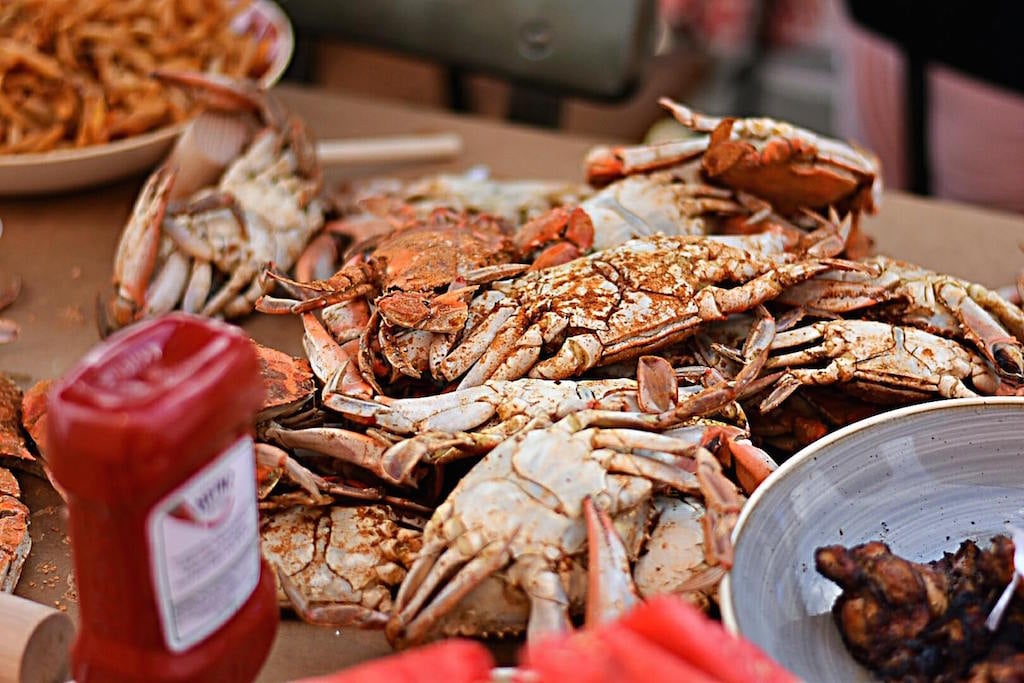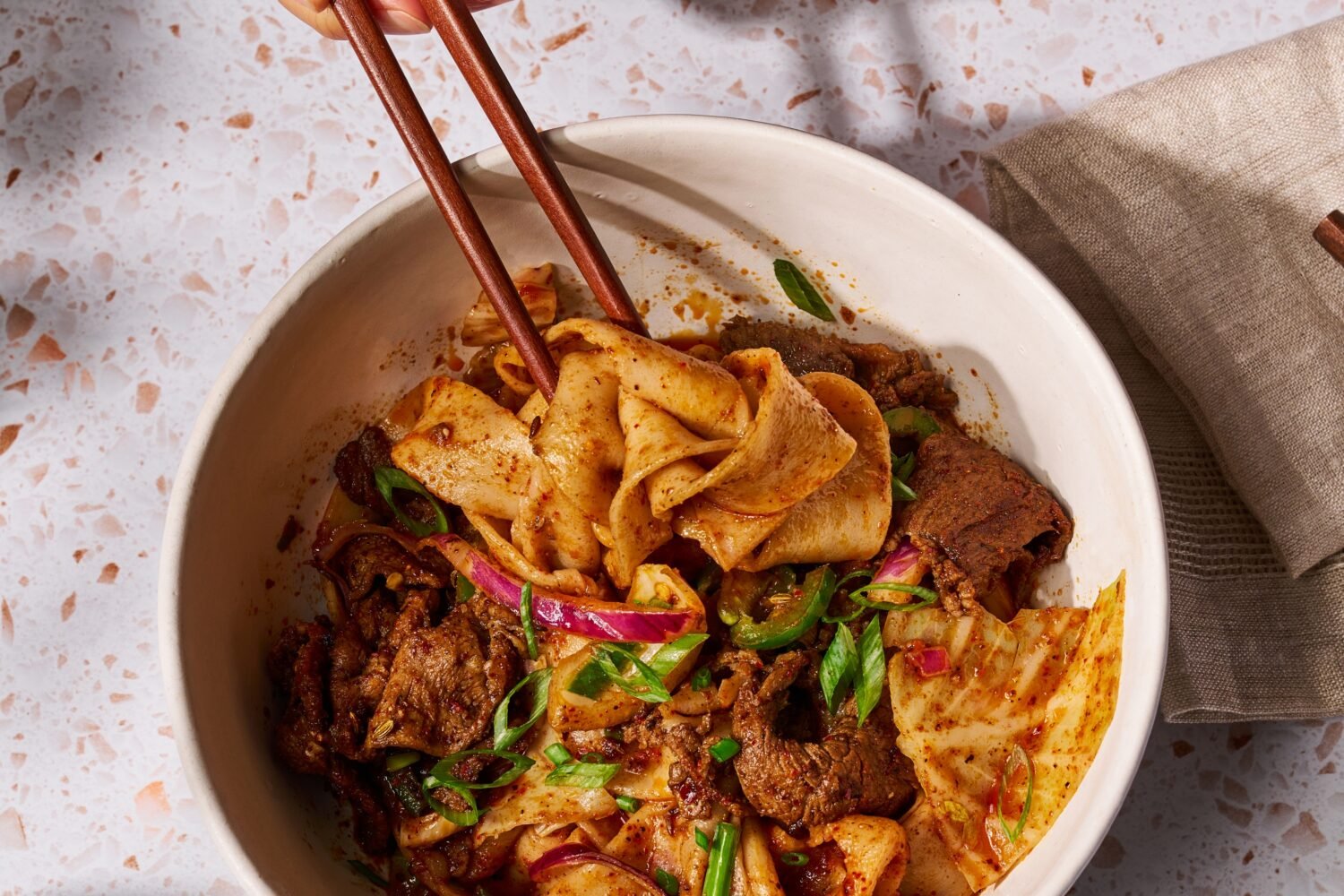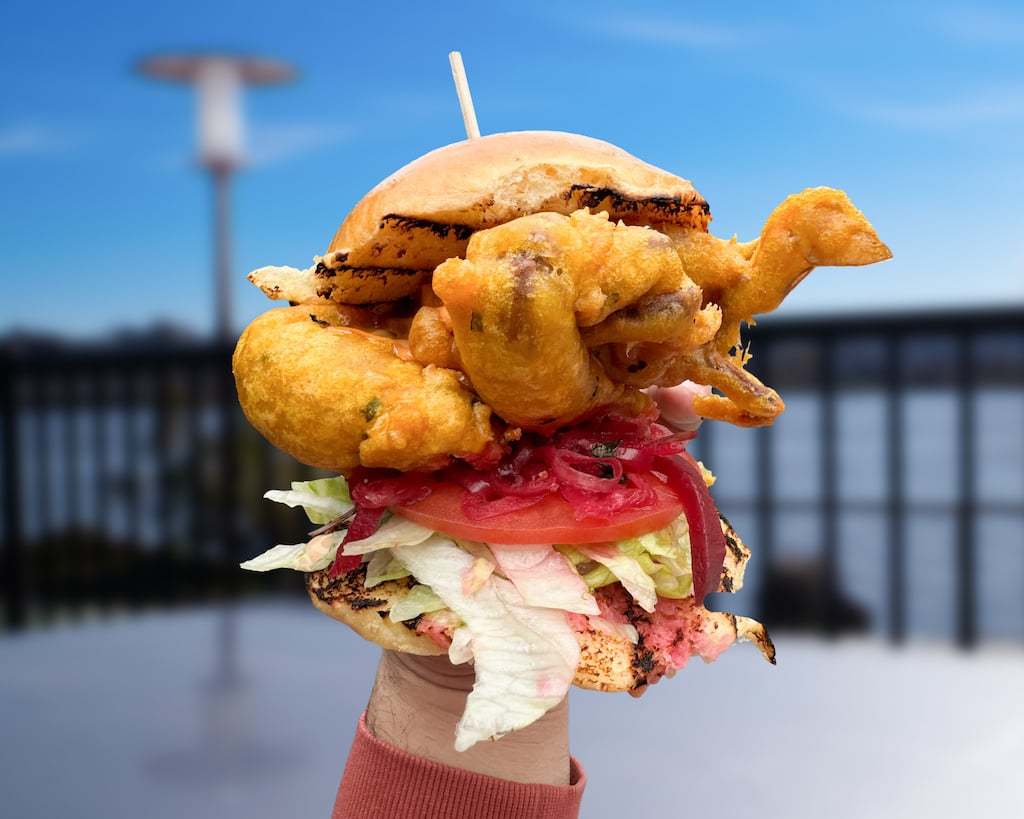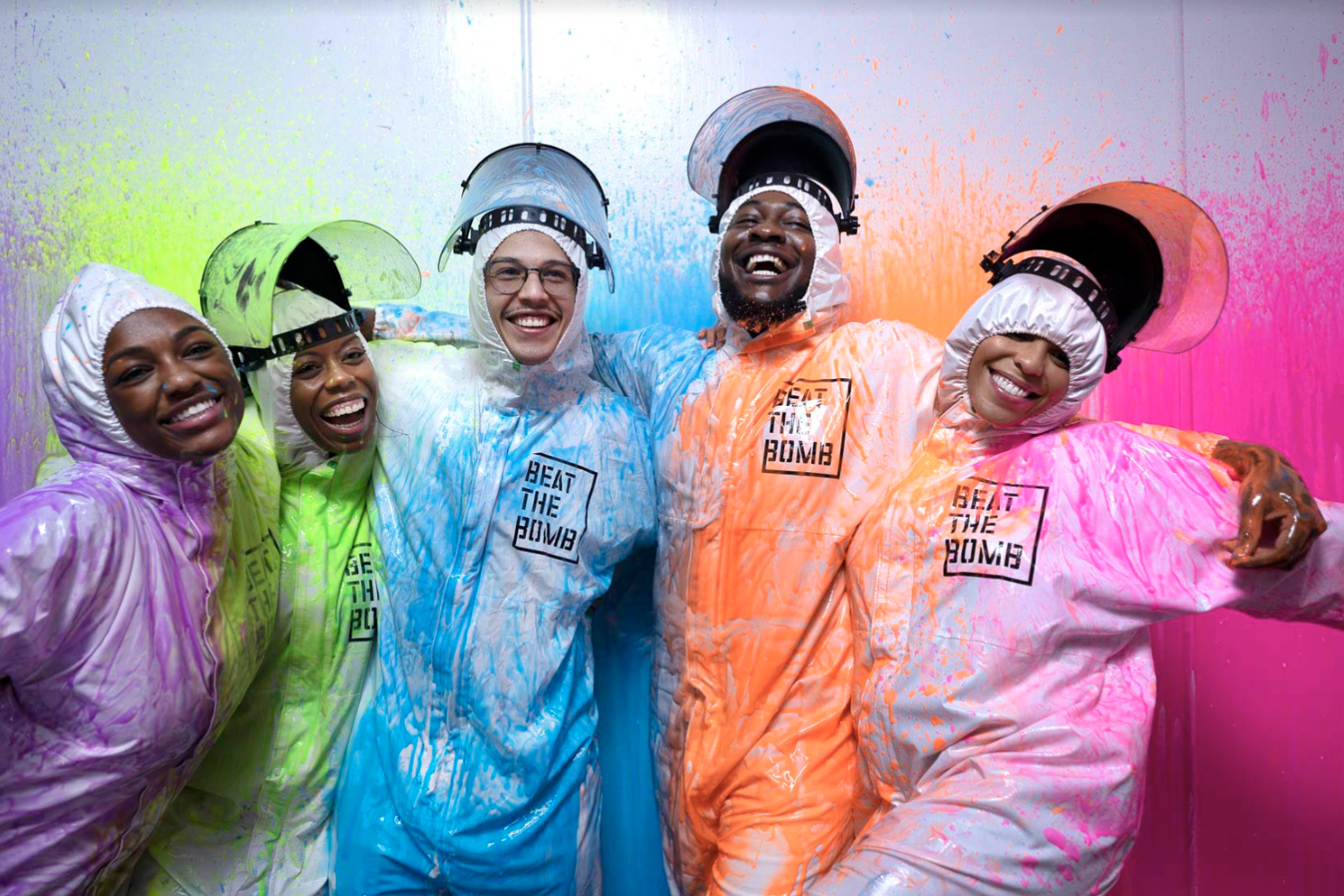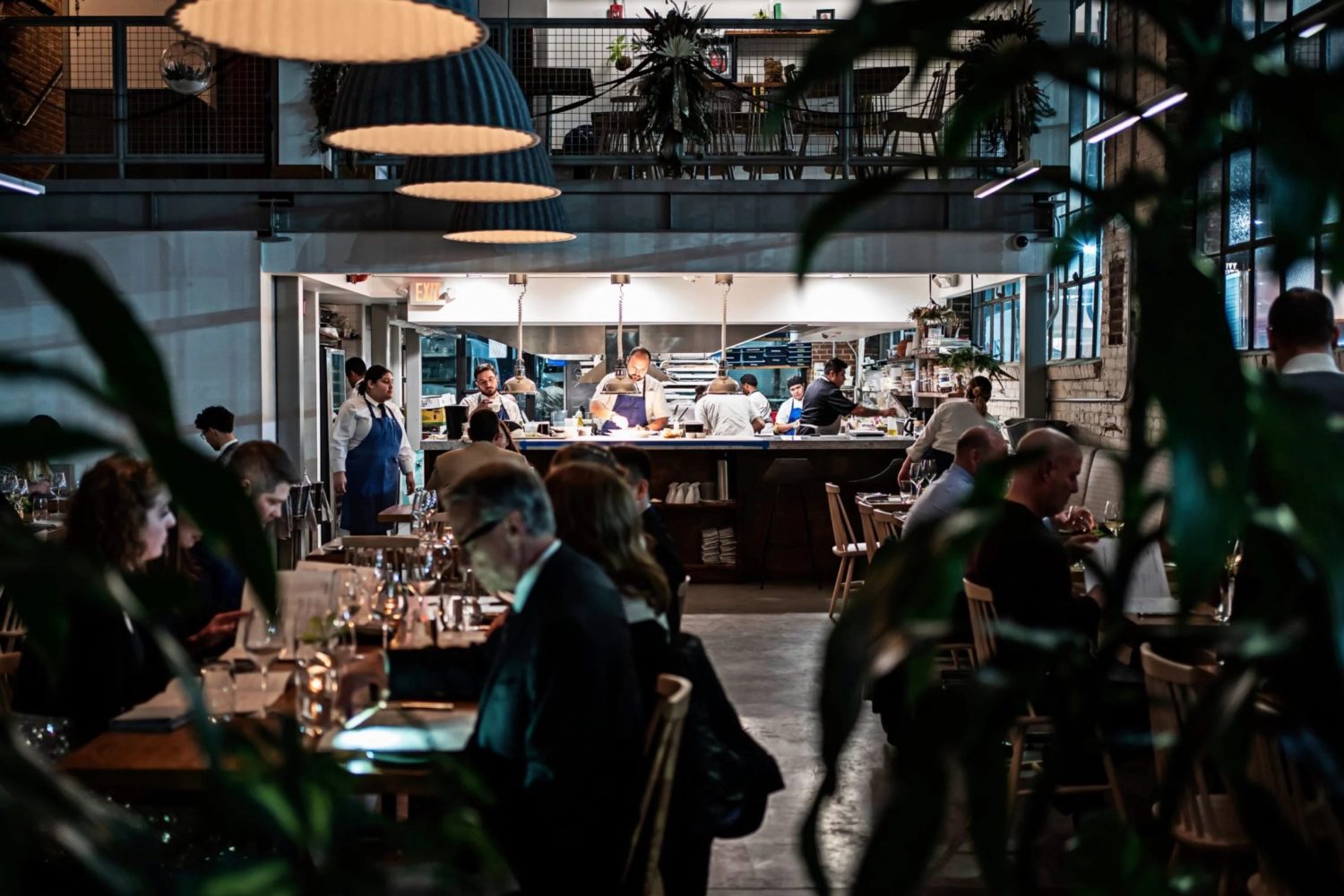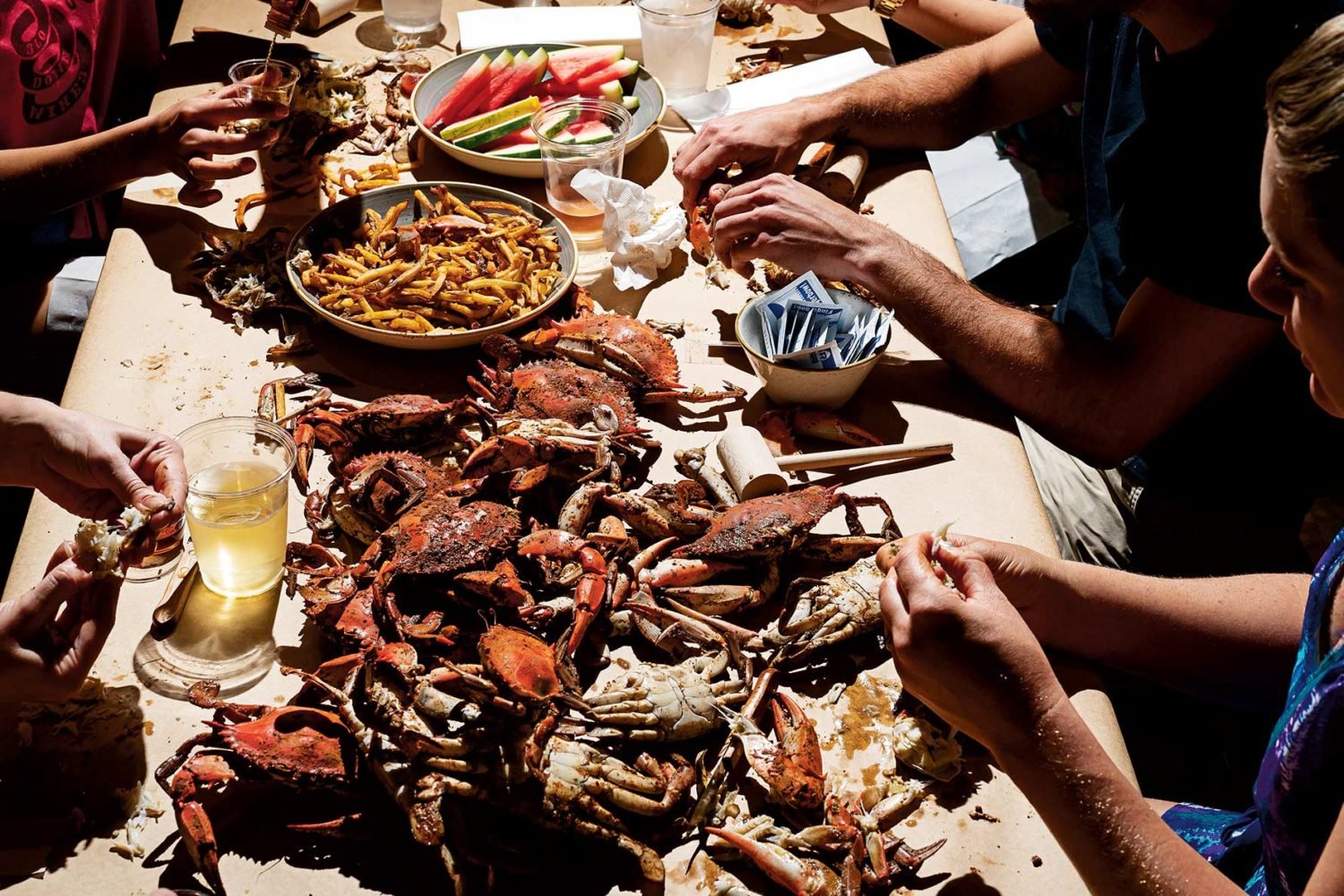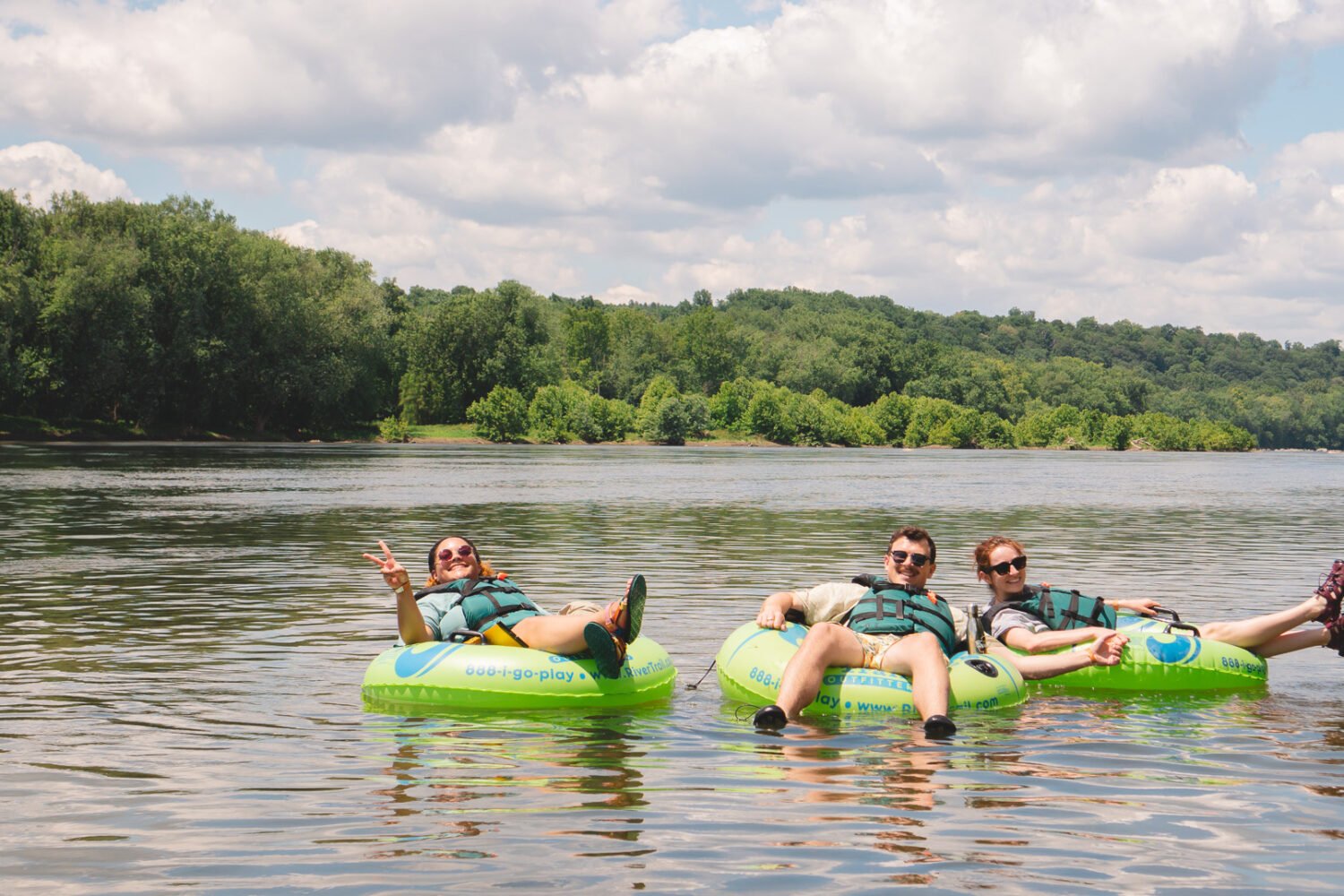Many people look at crab feasts the same way they do white pants: a summertime phenomenon to be enjoyed from Memorial Day to Labor Day. As someone who loves white pants and cracking crabs (not together), it’s nice to know that both theories have been debunked by respective experts in fashion and seafood.
Growing up around DC and the Chesapeake Bay, we always ate crabs well into the autumn—big, meat-packed local blues that far surpassed the little crustaceans you sometimes get closer to the beginning of the crab harvesting season in March. Turns out there’s crab biology to thank.
“Crabs fatten up as they get ready to hibernate,” says John Rorapaugh, director of sustainability at seafood wholesaler, ProFish. “With the water temperatures starting to chill, almost all the crabs are going to be full, heavy, and a good deal this time of year.”
Chesapeake blue crabs shed their shells at multiple points throughout the harvesting season, from the time they emerge from semi-hibernation in the Bay’s muddy bottom in the early spring to the time they return in late fall. Rorapaugh says the crabs grow roughly 30 percent between sheds, so they’ll increase in size the later it gets in the year. They also take time to grow into their new shells.
“When you go to buy a crab, flip it up side down,” says Rorapaugh. “The darker and more stained the belly is, that means the crab has had that shell longer.” White crabs, or “light crabs” as watermen call them, are still growing and won’t have as much meat.
The price of crabs fluctuates due to varying factors, but generally speaking, Rorapaugh says you’ll find better deals in restaurants and fish markets when demand slows after Labor Day. They aren’t cheap, especially of late, as storms around the Carolinas and Gulf Coast—two other major blue crab harvesting areas—have disrupted fisheries and heightened demand for Chesapeake crustaceans. Still, the cost can be less—even more so if you get cracking during the week instead of a Saturday afternoon.
At Ivy City Smokehouse and fish market, which is operated by Profish, a dozen large crabs may go for $40 on an autumn weekday versus $50 on a weekend (and $60 or more in peak summer). It’s also good for freshness, as crabbers often deliver their catch after working weekends.
“Tuesday is a really great day,” says Rorapaugh. “They’re fresh, they’re live, and you get deals on just-off-the-boat crabs.”
All of that being said, consume responsibly. Maryland and Virginia both shortened their crab seasons by around two weeks this year due to an overall dip in population—not enough to raise red flags, but enough to warrant curbing the catch. Rorapaugh says he’s also seeing fewer male crabs, or “Jimmies,” right now—though he encourages consuming she-crabs, which are sometimes a less popular choice because of their smaller stature and roe (egg sacks), which can show up in mature females. Overall, he says, the “Sallys” are more flavorful. Consider it a local secret.
“A lot of restaurants this time of year that buy Maryland crabs like the added flavor from the female crabs.”

